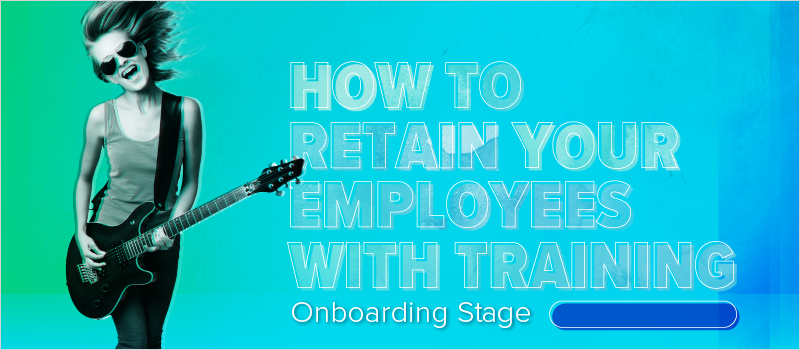
Did you know that 20% of new hires leave in the FIRST 45 DAYS? Or that 15% of those that left felt a lack of onboarding played a part in their early departure?
Business leaders have enough challenges in the time of COVID-19. You don’t need to add a constant cycle of recruiting and training new employees to that list.
Onboarding is an important part of the employee life cycle and contributes to your employee retention rates. Effective onboarding helps new employees acquire the necessary knowledge, skills, and behaviors to do their new job effectively (and helps them want to stay with you).
What Is the Employee Life Cycle?
The employee life cycle is an organized way to look at the different stages an employee follows within your organization.
Attraction > Recruitment > Onboarding > Development > Retention > Separation
You’re probably already doing some form of onboarding. But, onboarding shouldn’t be just filling out the usual paperwork, maybe a day of training, and bam—done!
Onboarding In the Time of Coronavirus
Extra care needs to be given to onboarding remote employees. You can no longer walk a new employee around the office and introduce them to everyone in person. Instead, you may need to schedule short, informal video calls with their new colleagues and allow more time for casual conversation at the beginning of conference calls. It will take time and concentrated effort to make your new employees feel part of the team.
Quality onboarding is a strategic process that includes many factors, such as:
- Training on company processes and policies—you may want to consider investing in an LMS if you plan to deliver a lot of training digitally
- Building a mentor relationship with a supervisor—considering scheduling weekly check-in calls for the first few months
- Setting personal development goals
- Developing new skills to be effective in the new position—if your new employee has never worked remotely before, check out this free bundle of courses on how to be effective working remotely
- Establishing connections with other team members
- Setting up work accounts and work space
- And yes,*sigh* ensuring all paperwork is in order
A successful onboarding process generally lasts around 90 days but can be longer depending on the role. Each organization’s approach is going to be unique. Ultimately your goal is to get the new hire warmed up and ready to rock.
Want more employee retention tips? Download our free eBook, Retain Your Employees: 6 Key Stages to Include Training.
Looking for pre-built training courses your employees can take for continuous skill development? Check out our off-the-shelf courseware.








